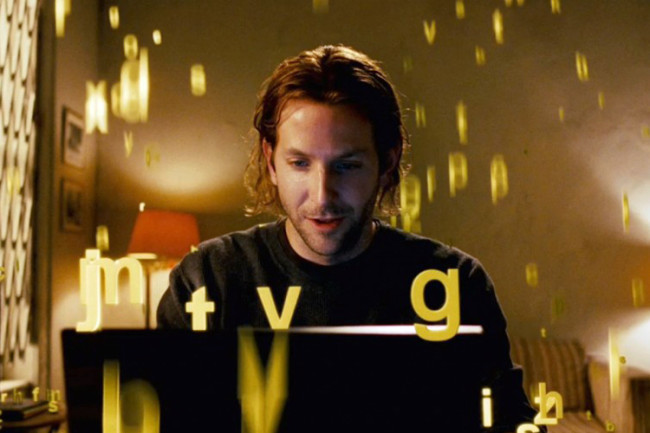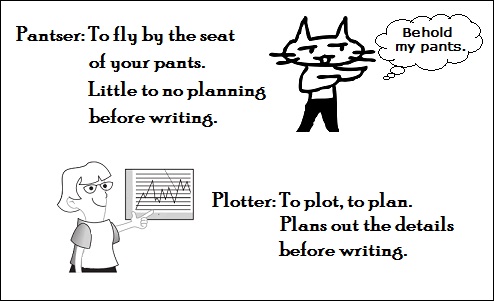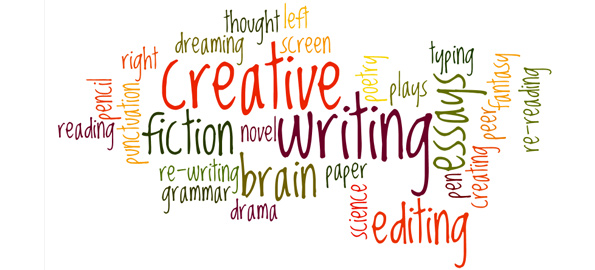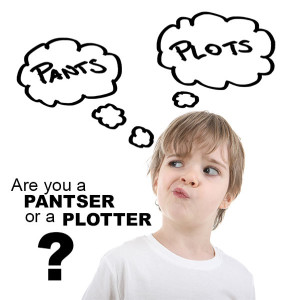 I’m fascinated on how writers write and the writing processes they utilize.
I’m fascinated on how writers write and the writing processes they utilize.
All writers have an unique writing process.
This is how I write my latest Work in Progress (WIP)
Karen Tyrrell ‘First an inspired idea arrives with an ending, taking over my thoughts. For weeks I percolate the story until I could visualize my main character and what drives her. Next I write the first chapter in the characters voice, expressing her dreams and fears. Then I plan the story in detail from beginning to end, including her brick wall challenges and ultimately the resolution.’

Karen Tyrrell’s books: Jo-Kin Battles the It, Harry Helps Grandpa Remember, Stop the Bully, Bailey Beats the blah
I surveyed children’s writers from Just Write for Kids on how they write
I asked: ‘What’s your writing process?
Are you a plotter or a pantser?
Or both? What writing and planning techniques do you use?’
Plotter = Plots and plans story from beginning to end
Pantser = Writes by their seat of their pants! Creates the story as they go.
 Alison Douglas Stegert ‘A pantsing plotter. I think… Synopsis, outline, Scrivener cards, starting at the end–but running with good ideas that veer off the plan to see what happens!- Alison is an emerging mid-grade fantasy adventure novel author.
Alison Douglas Stegert ‘A pantsing plotter. I think… Synopsis, outline, Scrivener cards, starting at the end–but running with good ideas that veer off the plan to see what happens!- Alison is an emerging mid-grade fantasy adventure novel author.
Debra Tidball ‘Beyond the initial idea I’m definitely a pantser! I find it hard to plot before I’ve played around with my characters and gotten to know them a bit first. It does mean many of my stories have a tendency to ‘run aground’ and stagnate for a while, waiting for a new wave of panster inspiration to sweep in and save them! Oh – and the endings can be rather elusive – a bit more ‘plotserism’ would be helpful. Debra is a picture book author of When I see Grandma
Renee Price ‘I’m sparked by the initial idea then write by the seat of my pants until I’ve spewed every last thought onto paper. I let it sit for a day or two then return to plot, plan, and plot! Renee is a picture book author of Digby’s Moon Mission.
Katie Bingham Pants for shorter pieces and plotted pantser for novels here. My plotting is mostly segmenting a character, relationship or story progression into sub-headings and then pantsing the smaller chunks and then putting it all back together like a big jigsaw puzzle. Katie is a reviewer for CBCA and school teacher.
 Kathy Creamer ‘Always a pantser until I’ve written the whole story, then I go back and wickedly plot the hell out of the manuscript! Kathy is a picture book author and illustrator
Kathy Creamer ‘Always a pantser until I’ve written the whole story, then I go back and wickedly plot the hell out of the manuscript! Kathy is a picture book author and illustrator
Emma Mactaggart ‘I am a PANTSER. I can only begin to write if I have the last line! It is a response to a flash of a thought, and then I give it time to write / rewrite / and write again. The planning I do then is the production side of things, creating a time-line to ensure the books land when I want them too! Emma is a picture book author and workshop presenter
Melissa Gijsbers ‘A plotting pantser? I like to have an idea of where the story is going, and the ending, but I mostly let the story go where it goes. I mostly talk through the plot with my kids (as they are the age group I write for as well as having some great ideas to make the story stronger) Melissa is a mid-grade and short story author
What the Survey revealed …
Writers write in similar ways, often with a blend of plotting and pantsing.
The secret to a successful book and successful writing is …
Write what works for you…
 How do you write?
How do you write?
Please share your writing processes below in the comment section
Love to hear from you 🙂
Please LIKE, Tweet, Google plus 🙂
Bit of both. The panster usually creates my short stories, except for the occasional one. But I always plot out novel length manuscripts as soon as there’s a story in my head. I know the ending before I start. Then I cast my characters, and as I write our budding relationships bloom when I learn more about them. Then I head-on in, merrily ticking-off the the billeted-plot points, until the panster unleashes itself, then it takes my story and adds layers and takes it in other direction. However, since I know how the story ends and what needs to happen to get there, even after I’ve given the panster creative license to do whatever it wants, somehow that sneaky little panster’s tangent fits and perfectly aligns with the carefully potted bits. And, I always end up surprising myself =D
I’m a PnP, like several other commenters. Slight plotting, then lots of pantsing.
Hi Satima,
Lovely to see you here.
Like your PnP term, I think you do more pansing than me.
My ratio of plotting vs pansing changes according to the theme and amount of research that’s needed.
Have you noticed the change in my themes from “straight” resilience to genre /SF with resilience.
Hope your writing is going well … Karen 🙂
Hi Kim, Just discovered your comment.
I loved the way you described your writing process. Its far more FUN writing as the Panser, isn’t it?
Not knowing where you’re going… and relying on your imagination and instincts to find the way … cheers Karen 🙂